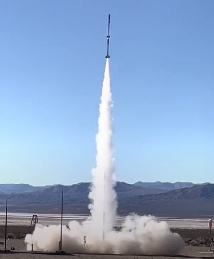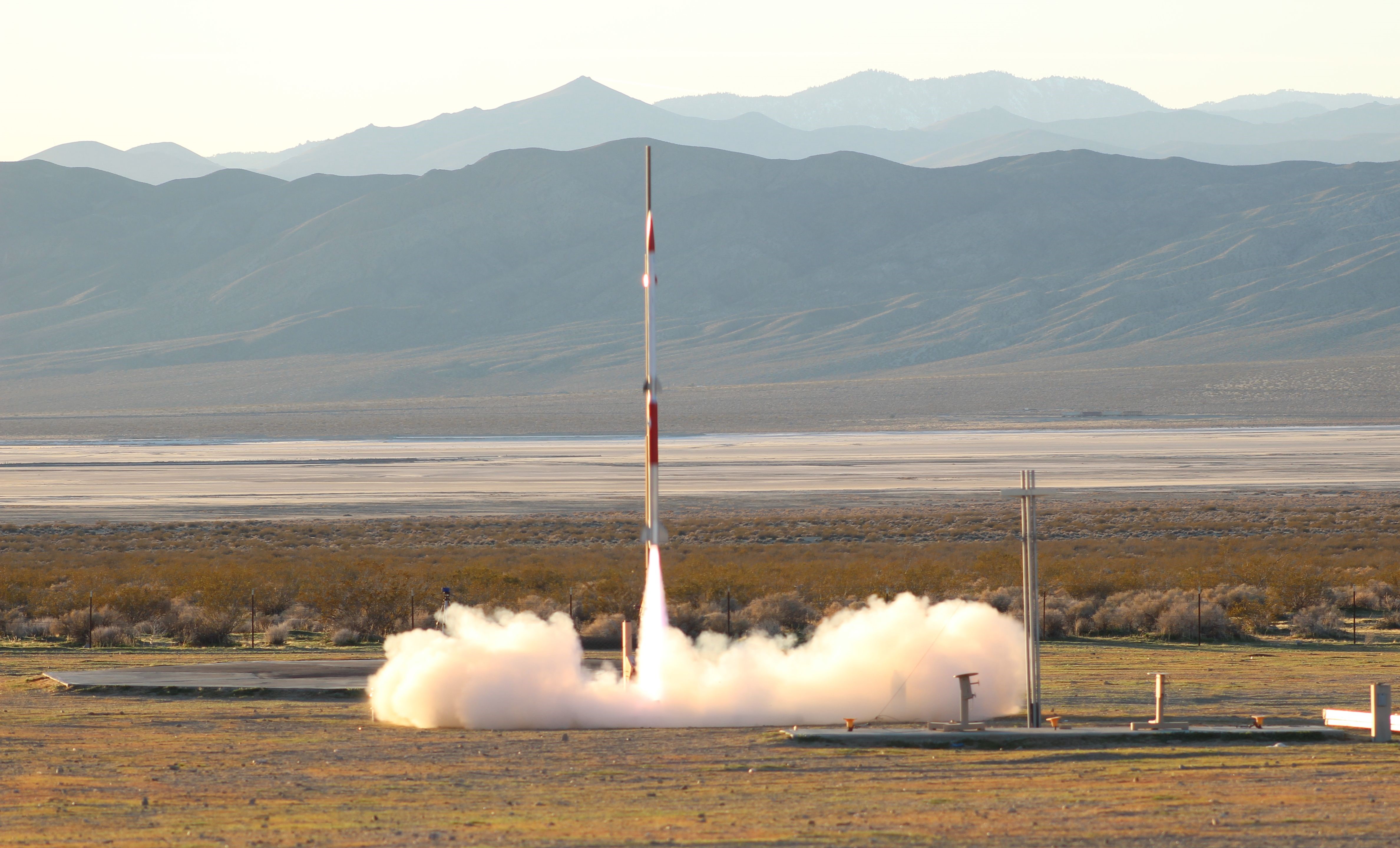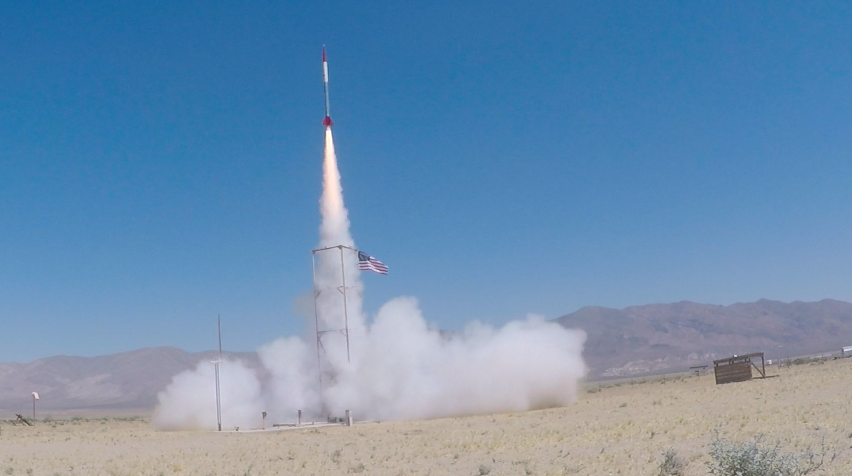Phoenix (2020 - 2023)
Staging Demonstrator (2019-2020)
The goal of staging demonstrator was to successfully drag separate a two-stage rocket. The first flight successfully demonstrated drag separation and second stage ignition but was unstable. The second flight successfully reached 33,000 feet. The flight was stable, and both stage separation and sustainer ignition were nominal.
Hermes (2017-
...
2020)
Project Hermes was built as a high performance showcase of the team's growing abilities. Implementing a pyrotechnic operated piston, carbon fiber fin can, and team built motor in a minimum diameter form factor, Hermes 1 flew to over 30,000 ft. Hermes 2 is being built to fly in 2019.
...
Project Virgo was the Team's 2016-2017 entry into the Spaceport America Cup: COTS 30k category, achieving an estimated altitude of 31,850 feet. It was intended to leverage both Xaphan and Pyxida from Raziel for a low-cost opportunity to set the team altitude record and compete in a separate category to Raziel. The design featured a SRAD CO2 deployment system, and 4" filament-wound carbon fiber tubes.
Therion (2015-2016)
Therion was the team's 2015-2016 entry into the IREC Basic Category. The rocket stood 11 feet, 8 inches and weighed 71 pounds at liftoff, flying on an M3400 White Thunder. The rocket incorporated a DBD plasma experiment, and an OpenCV optical flow experiment. Student-built composite tubes, fins, and flight computer (Pyxida) were also implemented. The design originally featured a parafoil recovery system in addition to the backup recovery system. The parafoil was ultimately not flown, but Therion reached an altitude of 9624 feet at the competition in Green River.
...
Project Odyssey won first prize at IREC 2015.
Pyralis (2013-2015)
...




